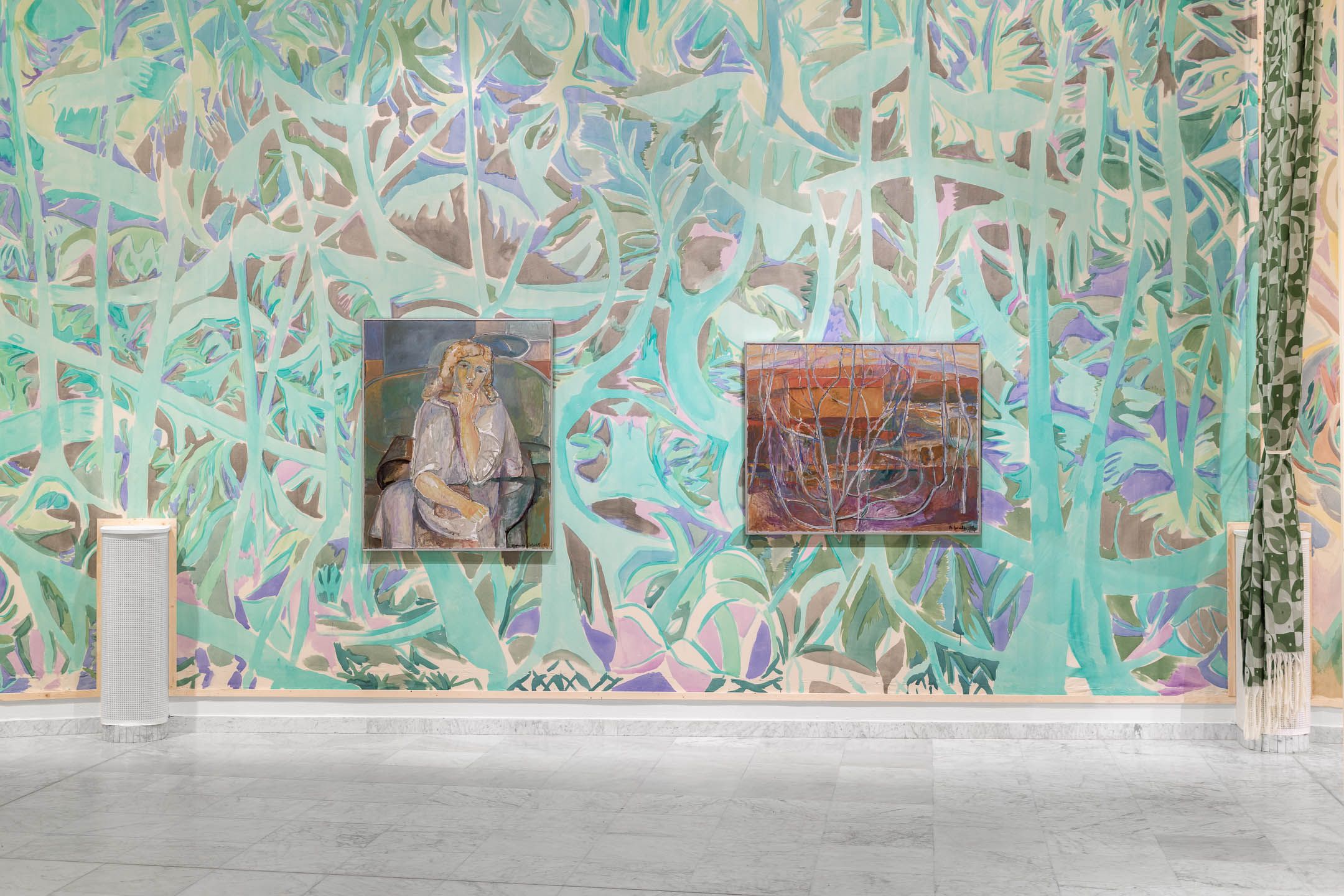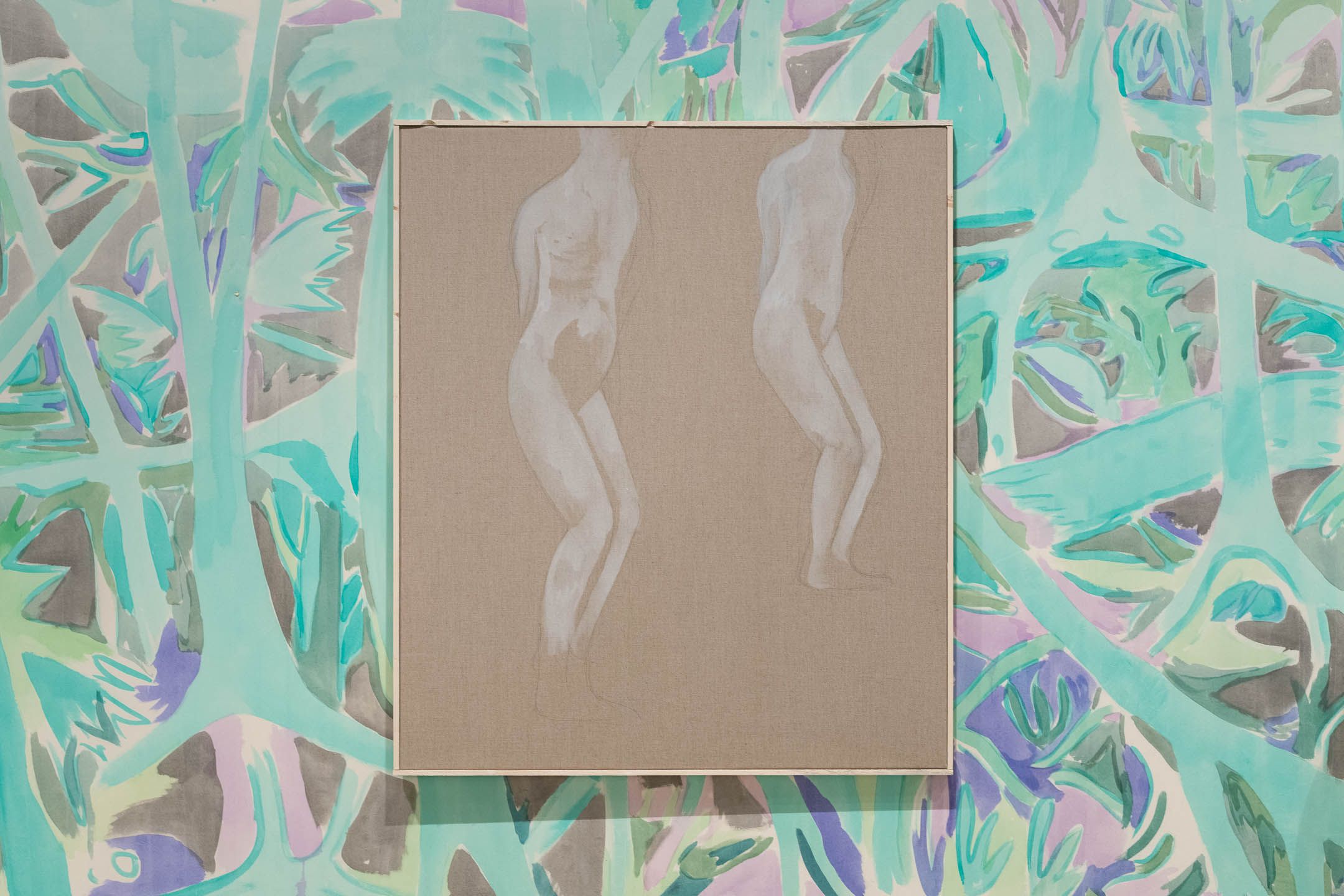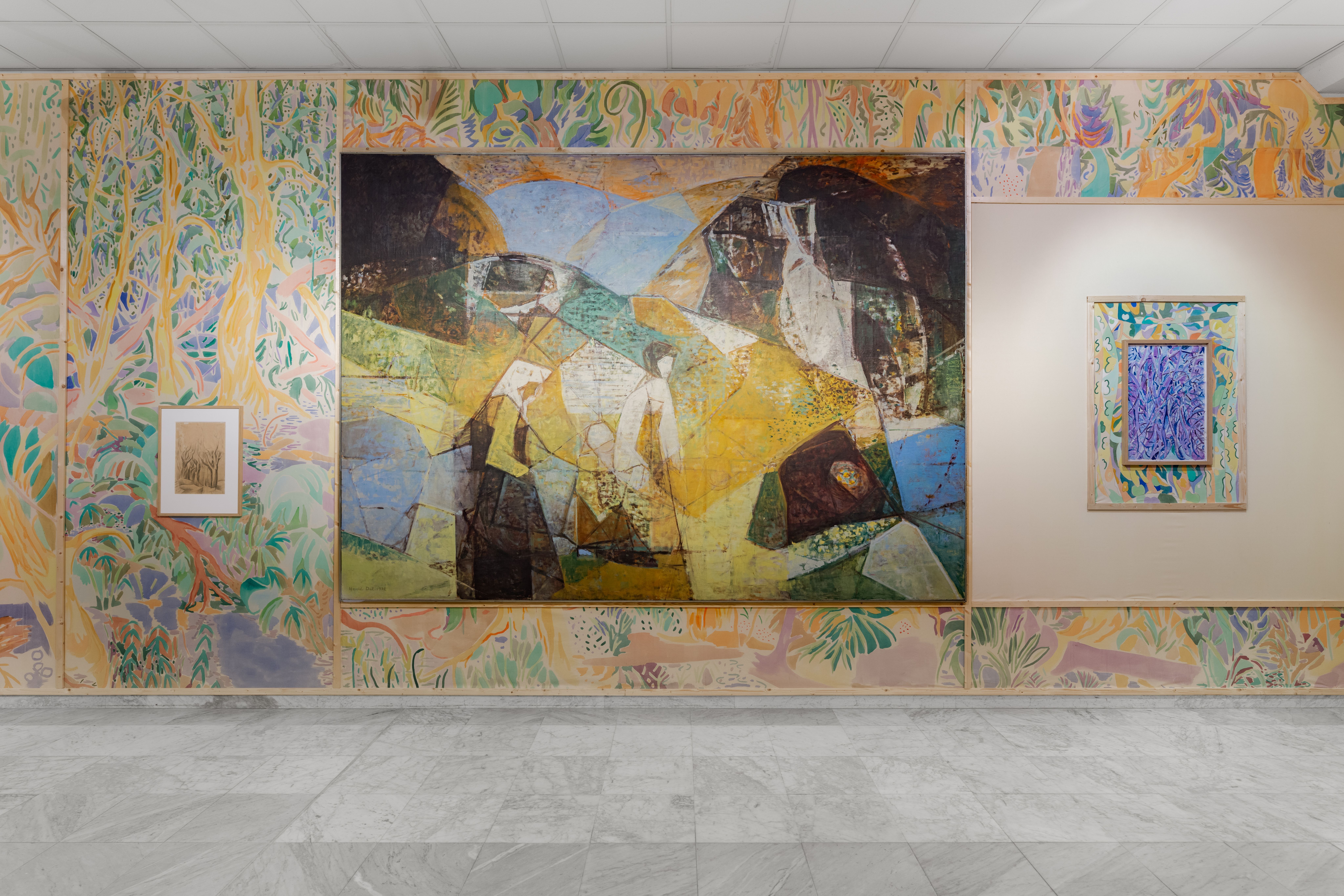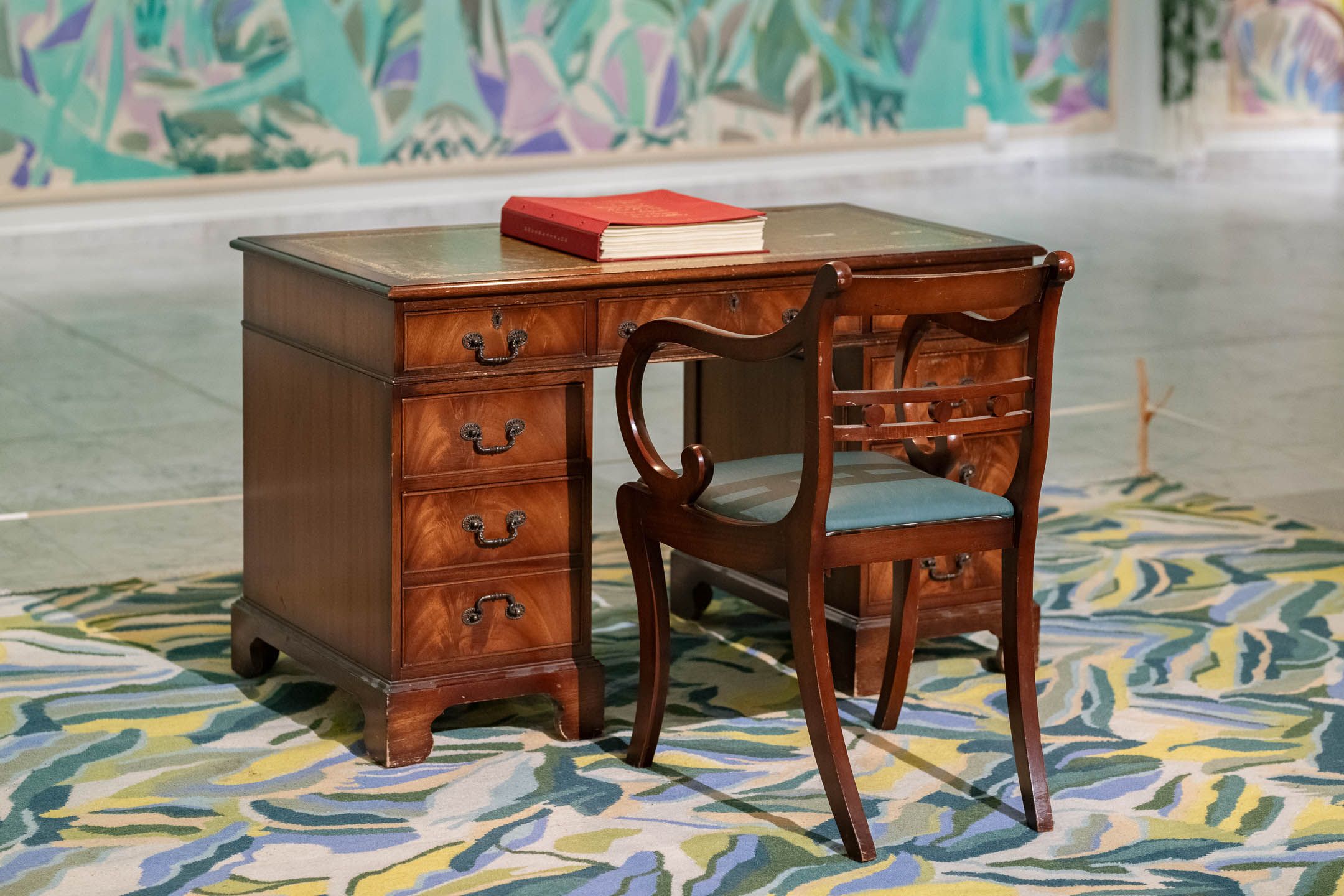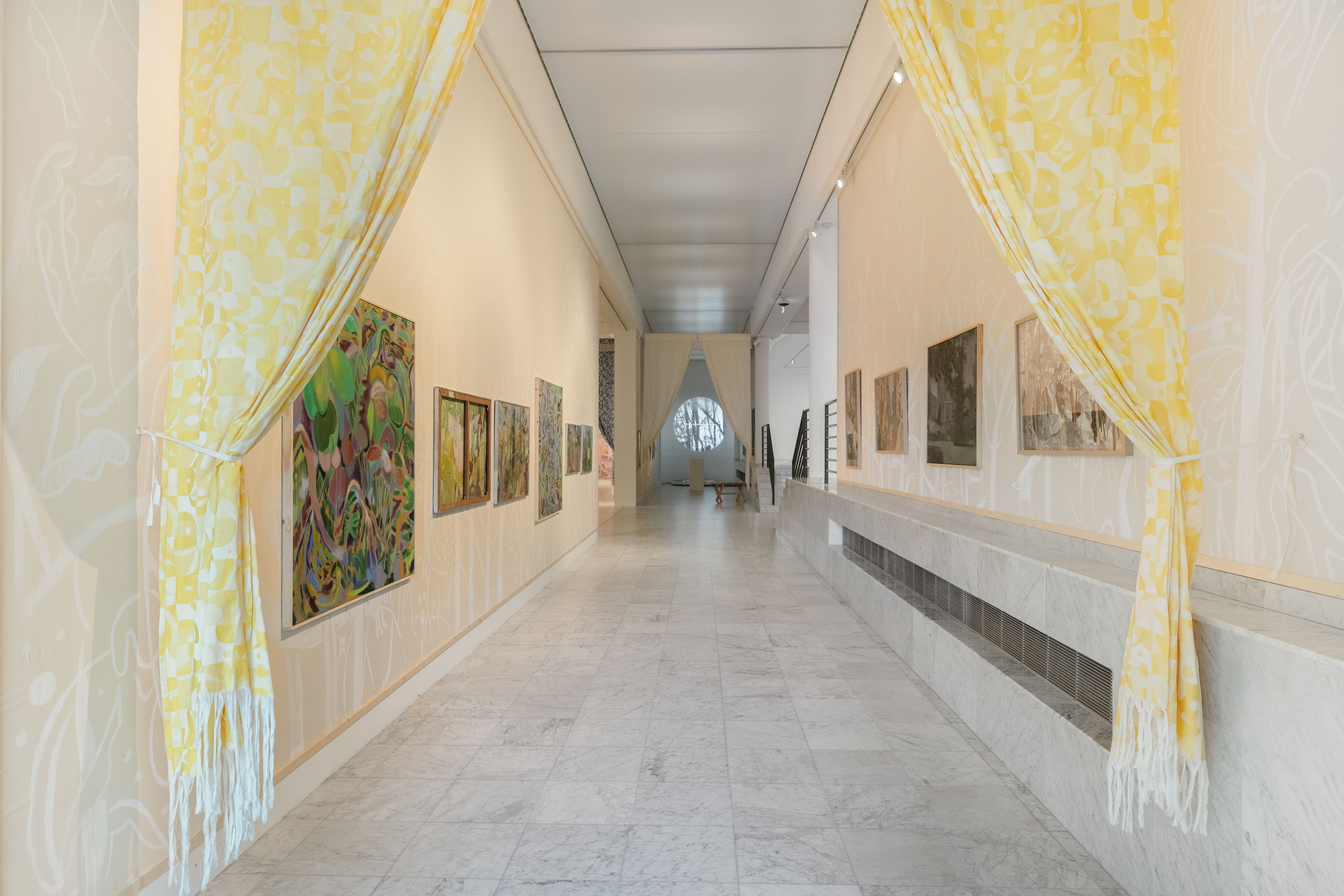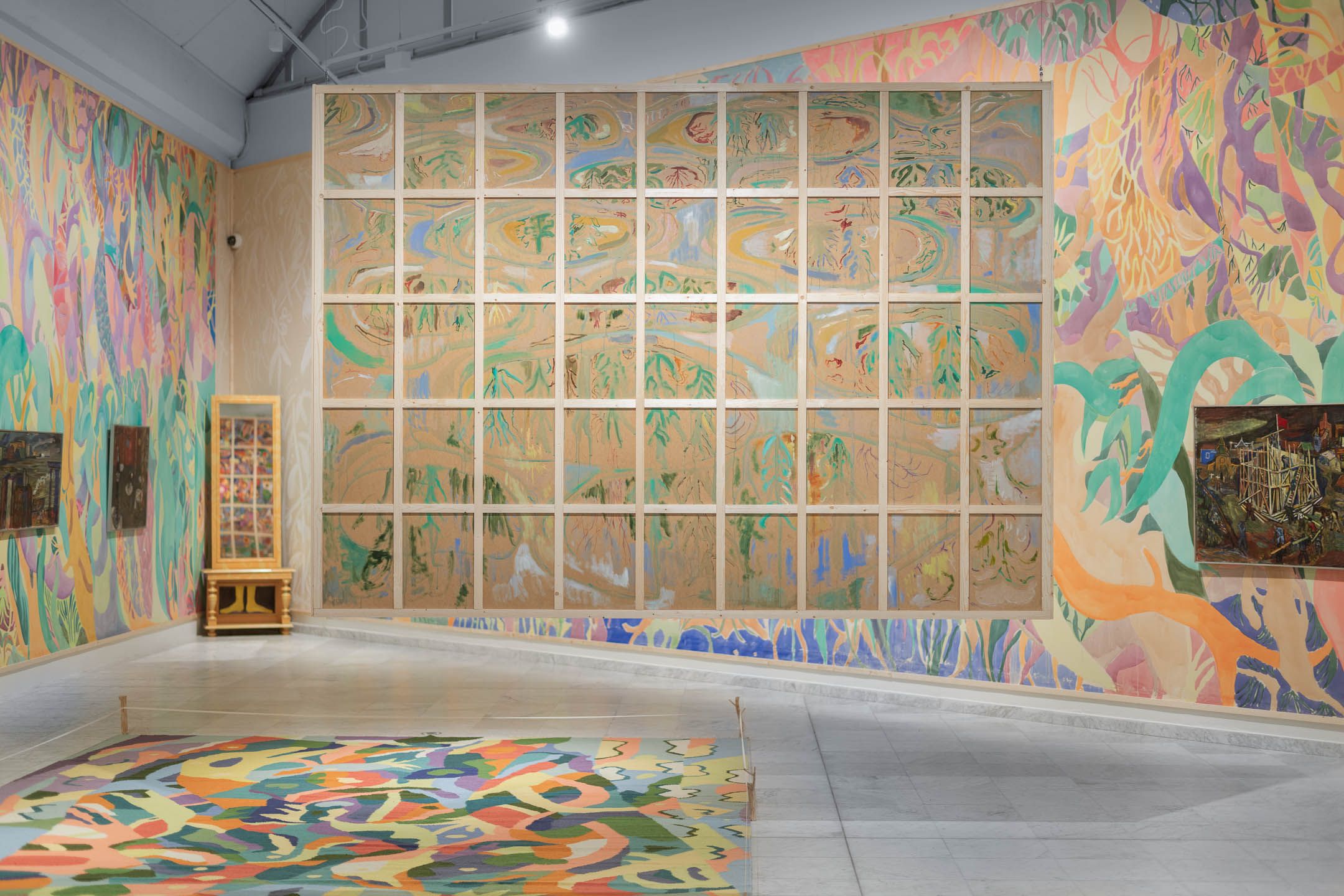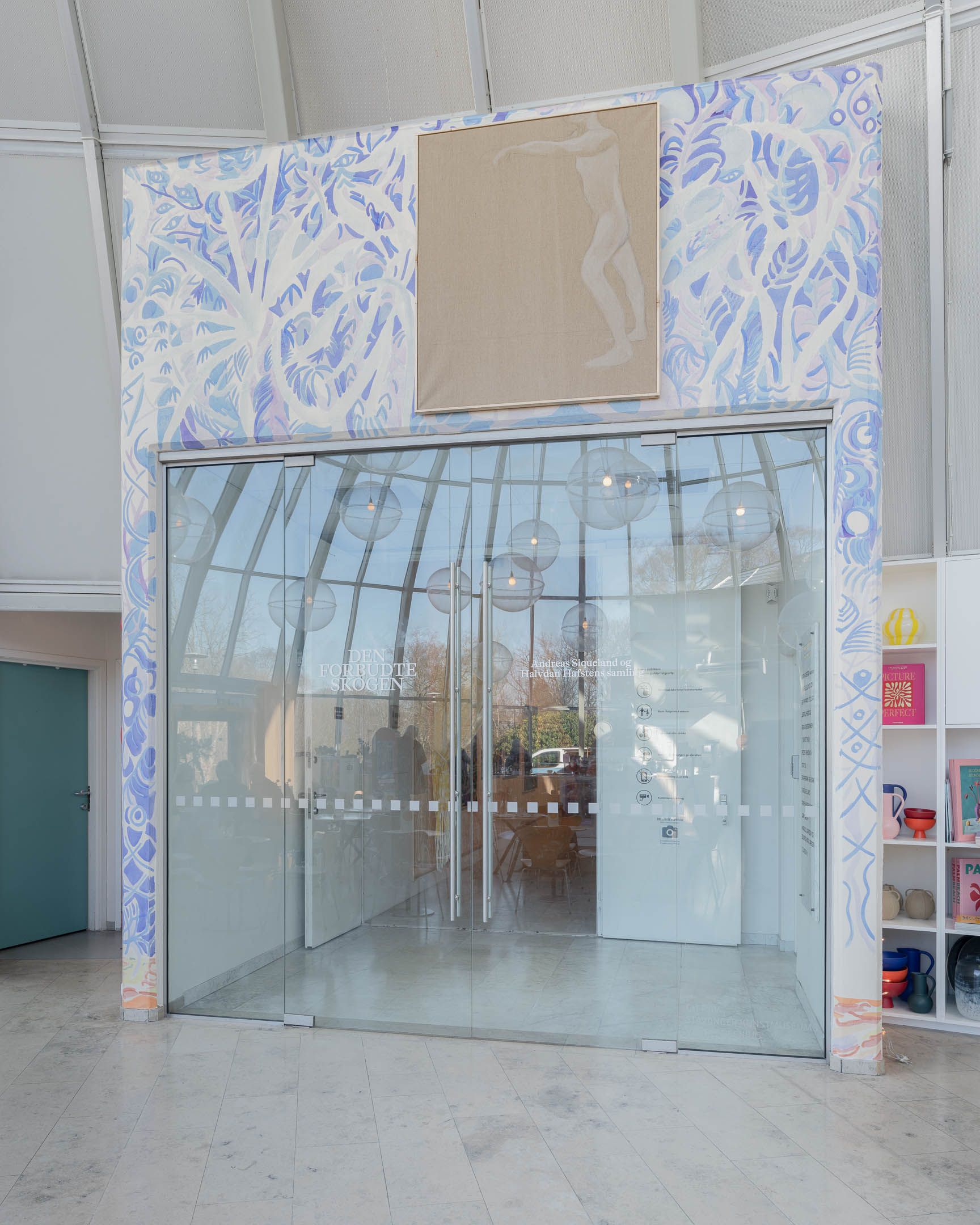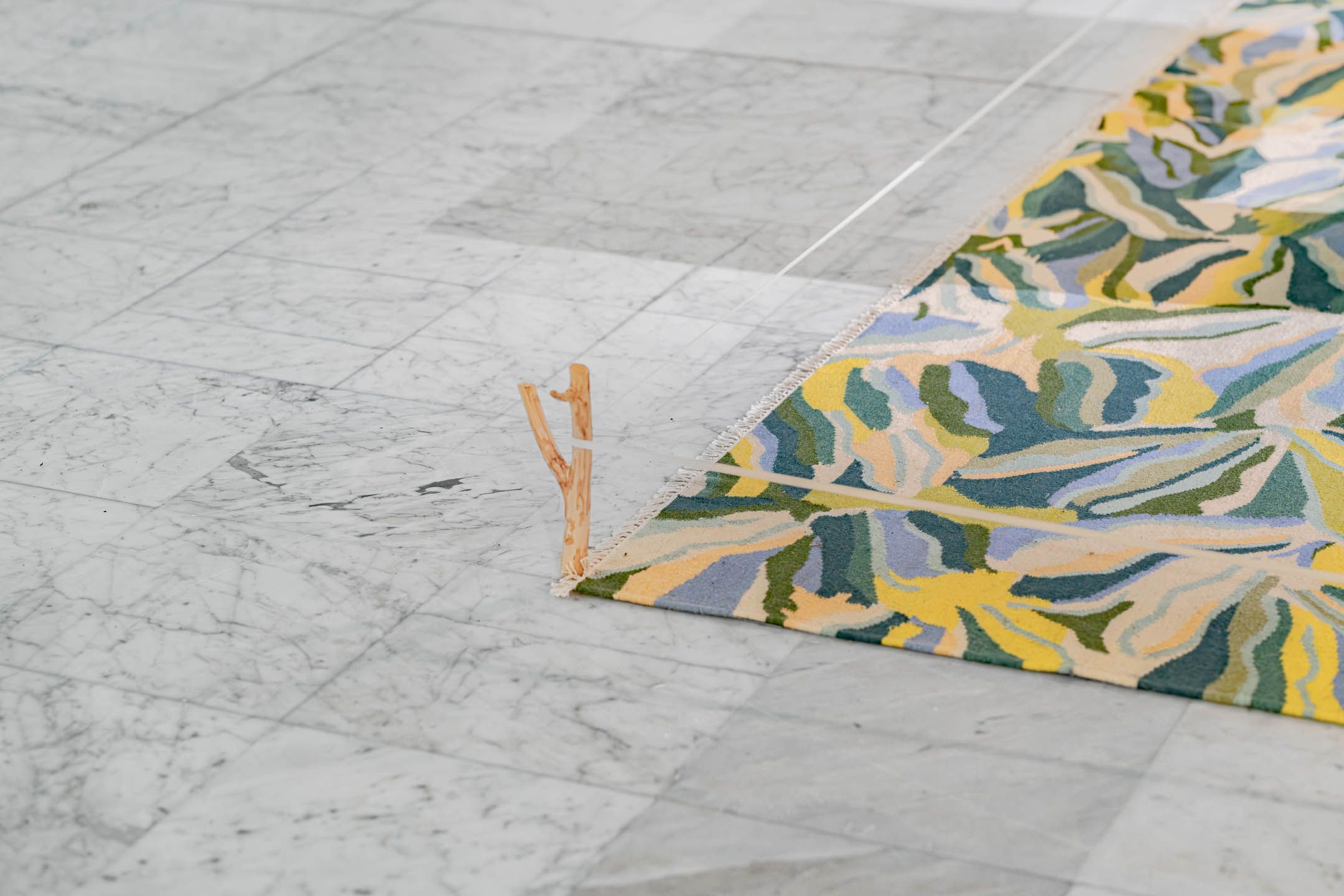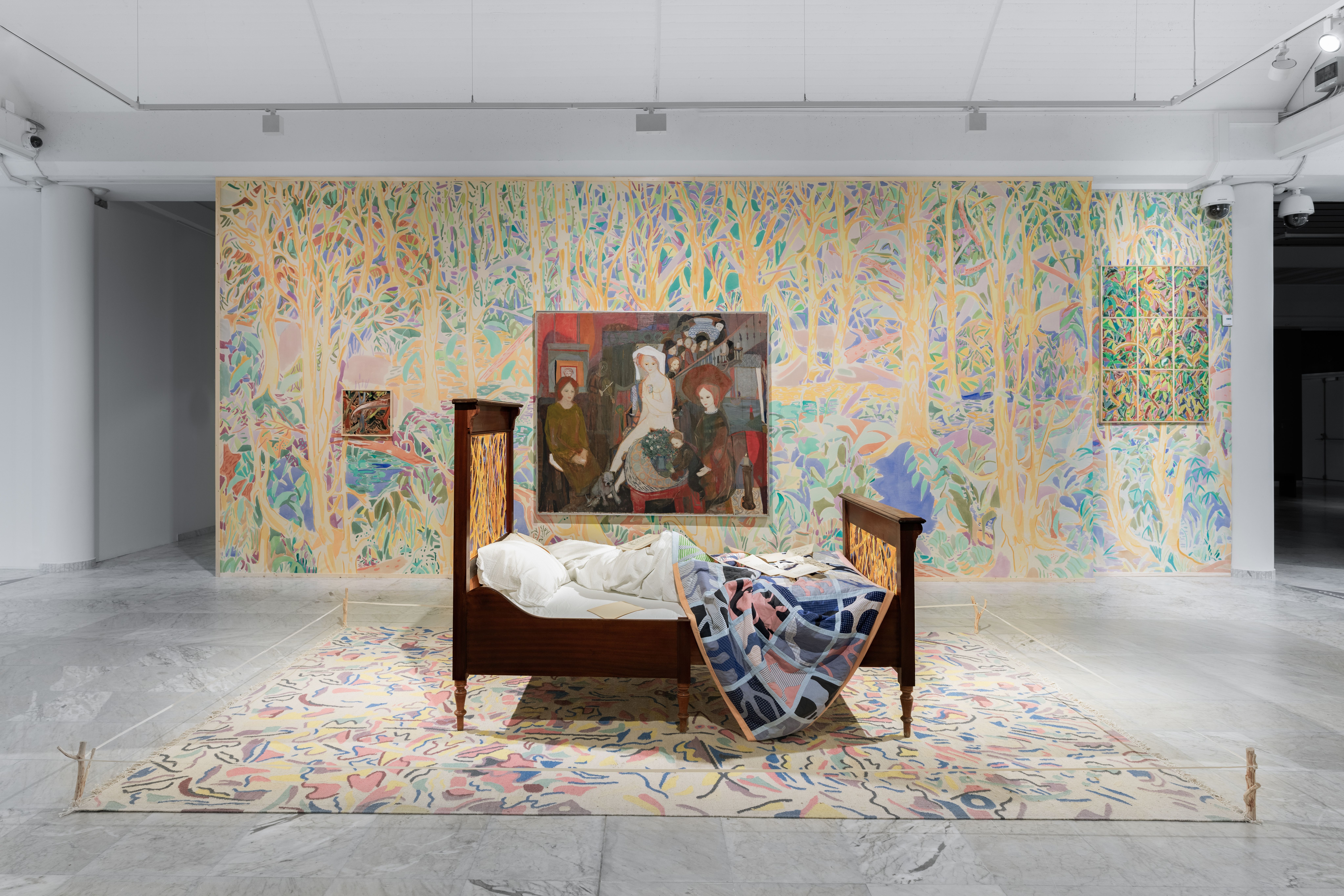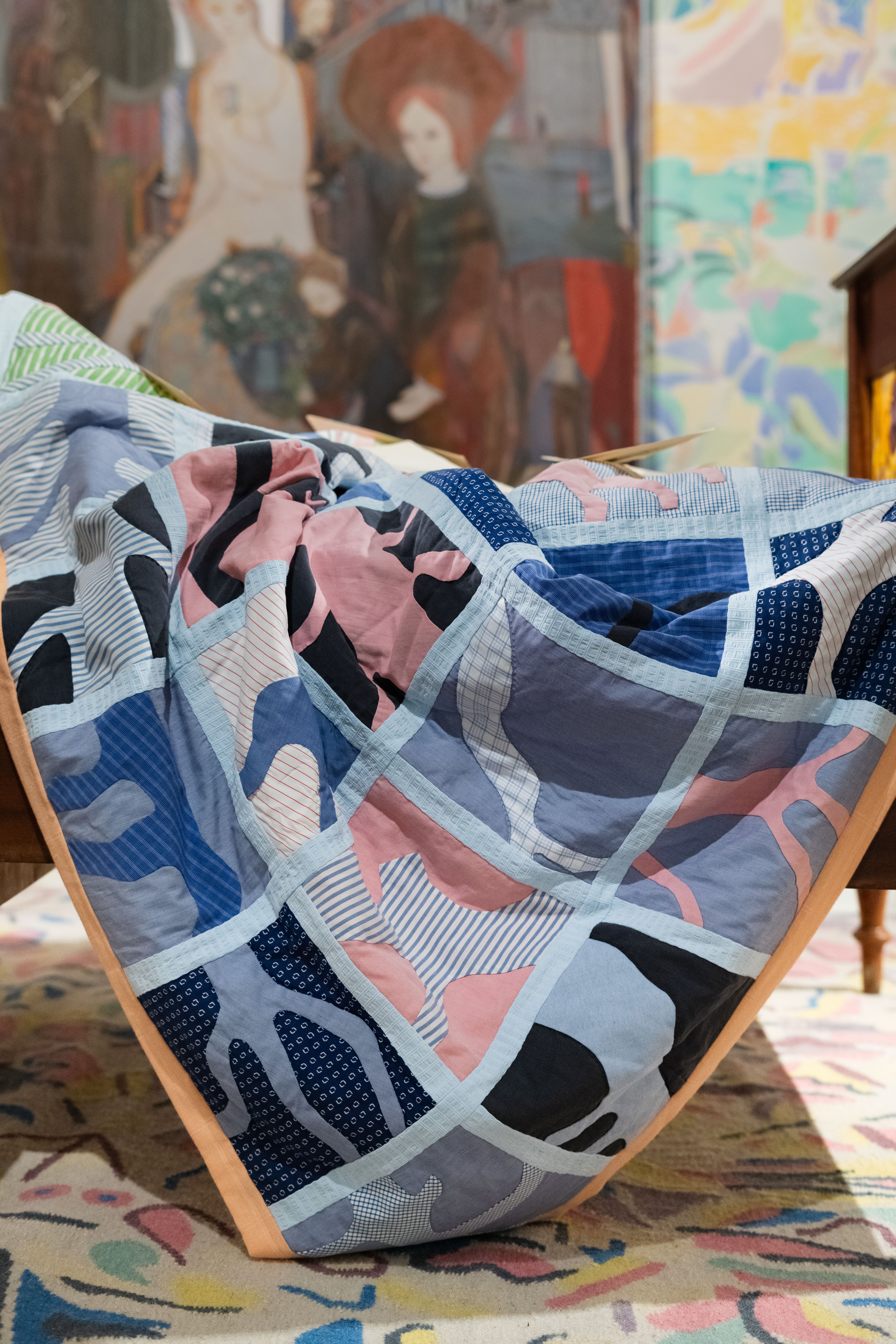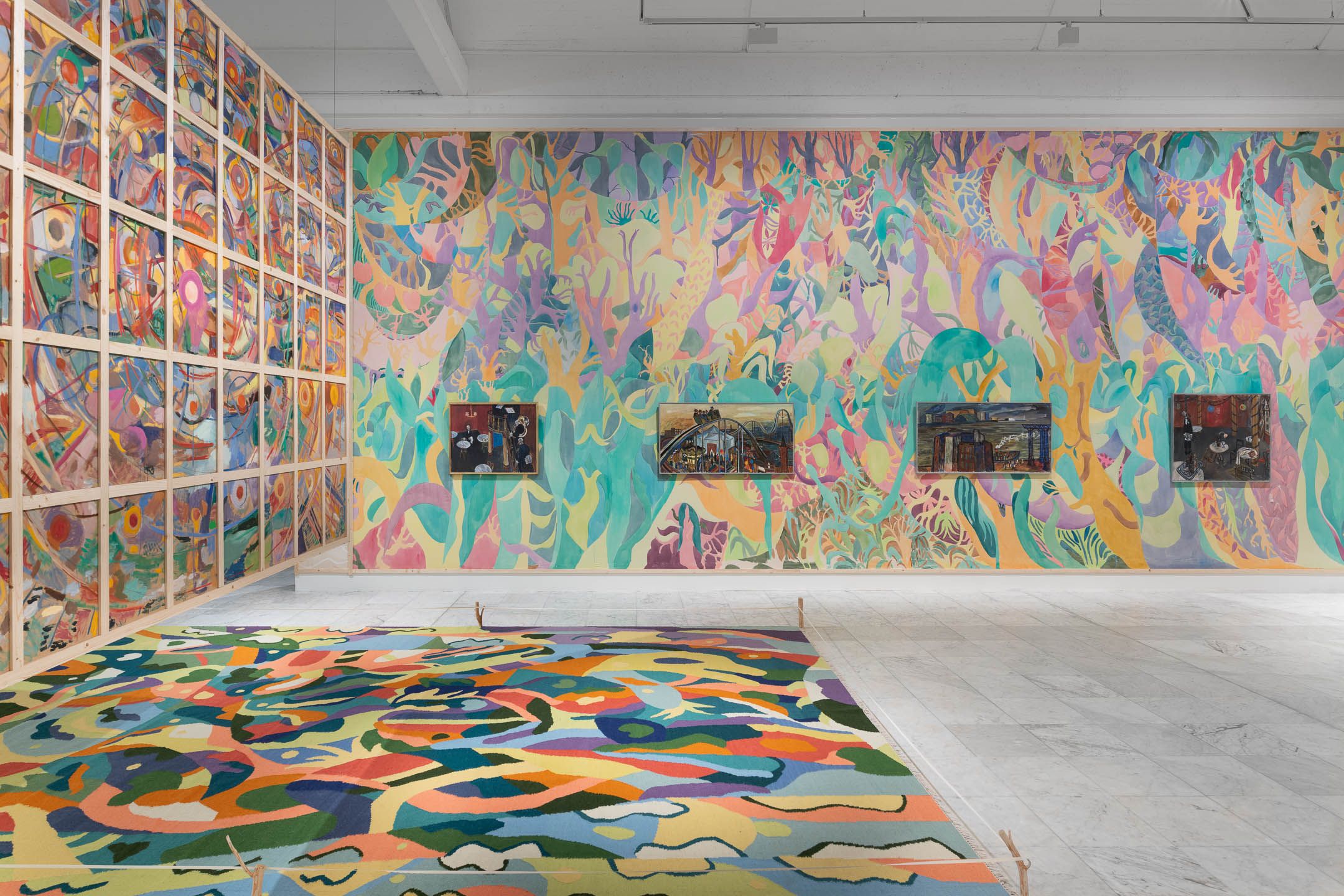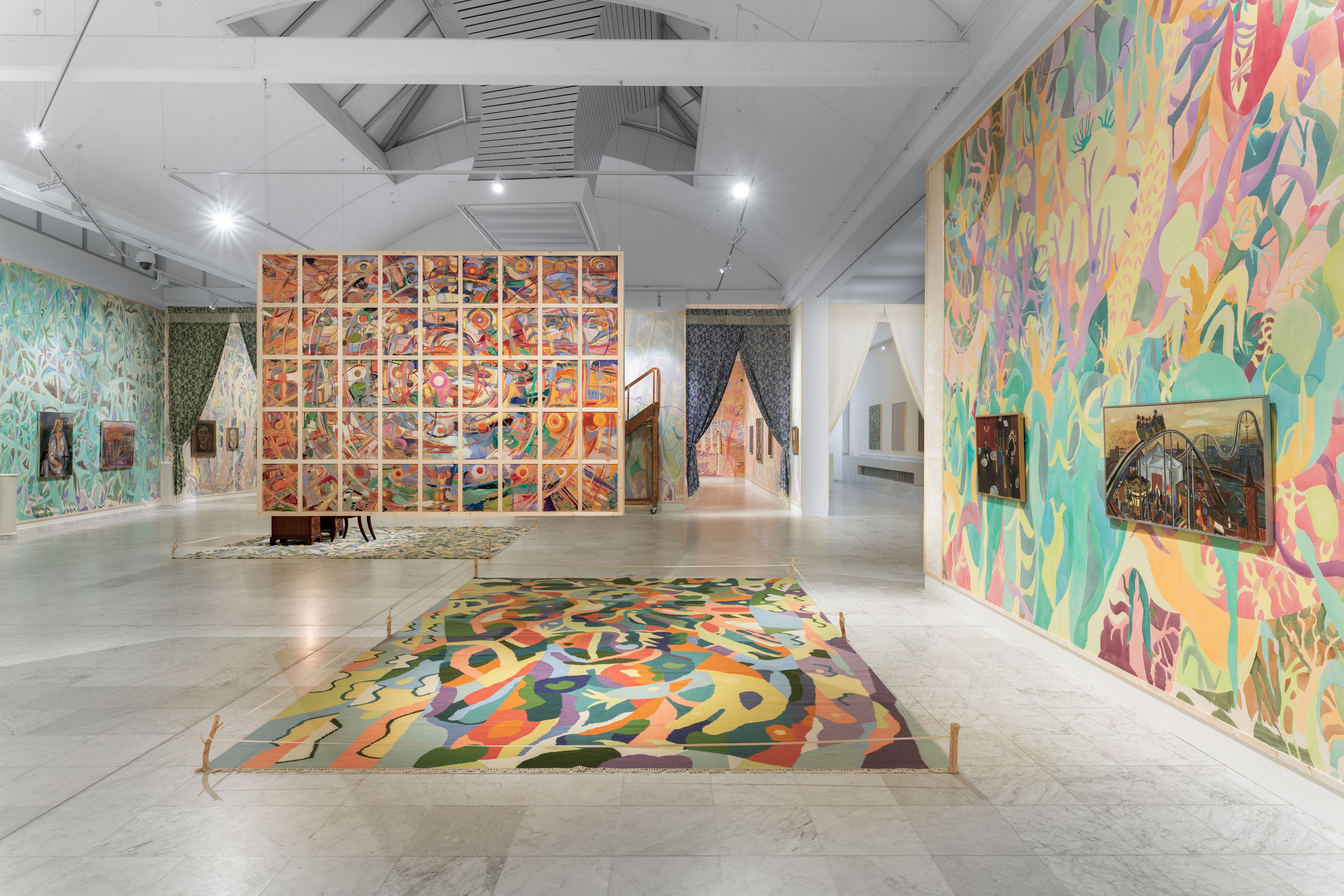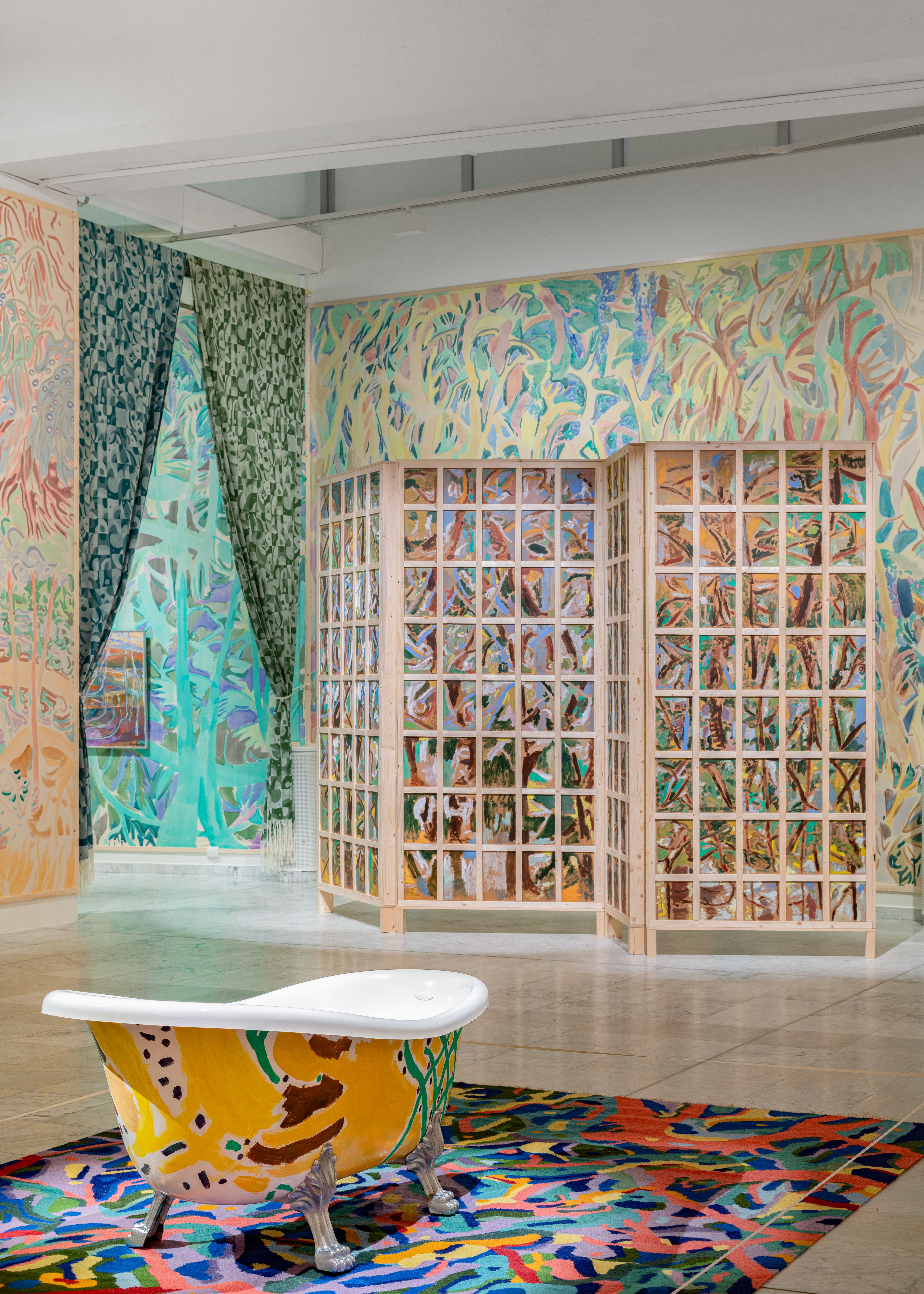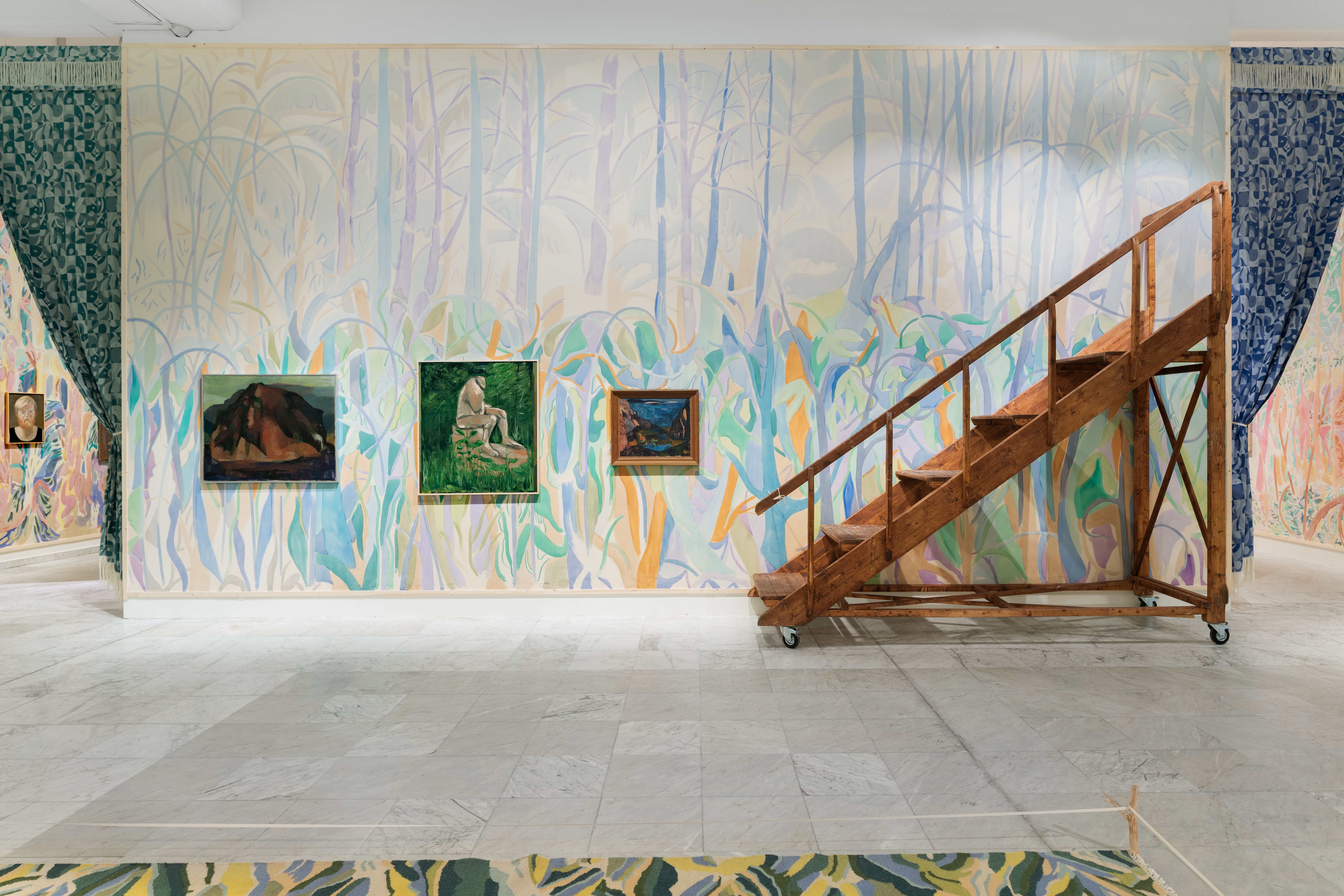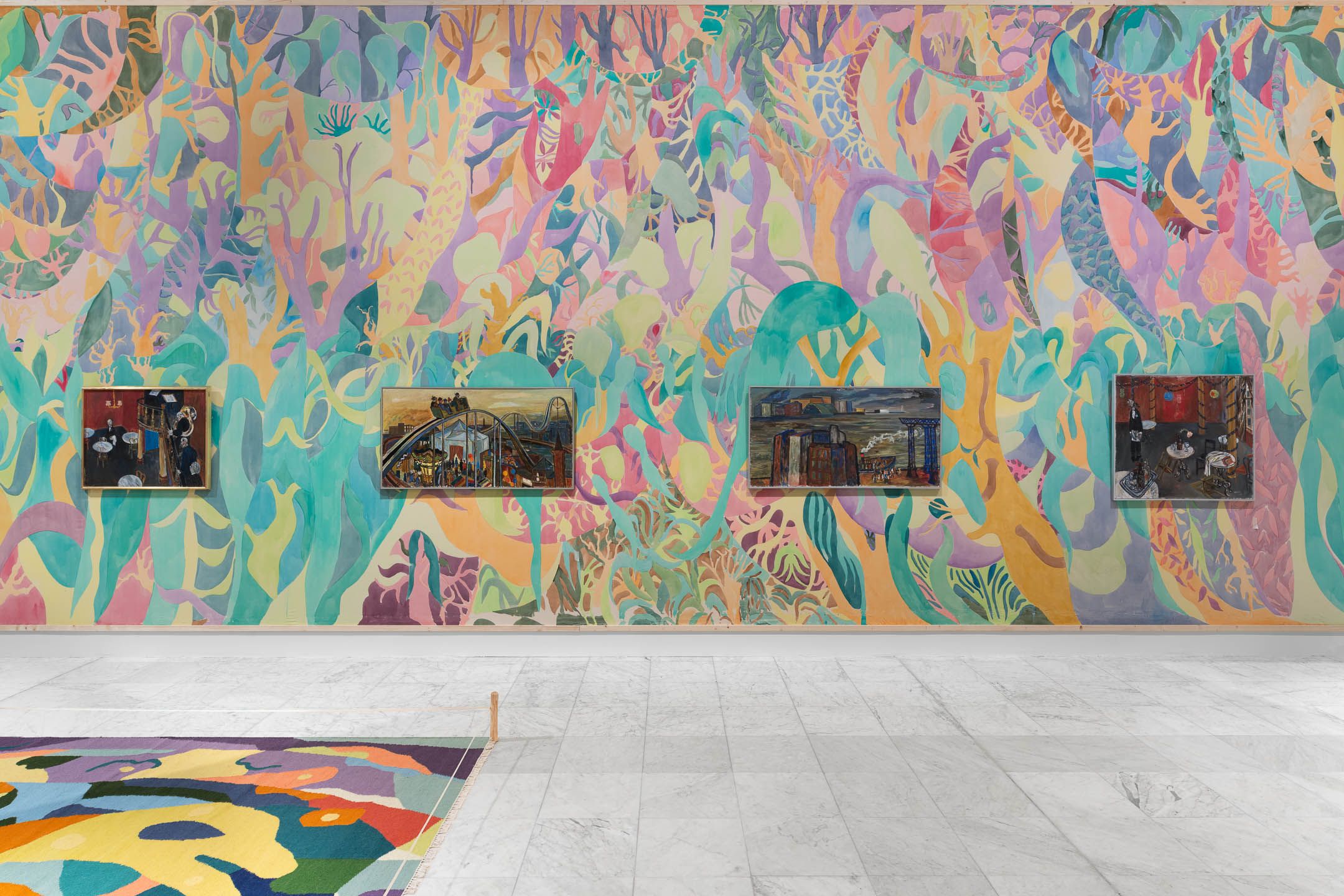Glad you feel this way. That is very much the idea – an interior landscape or a sort of dreamscape. A dream is a state of mind and a painted landscape is a great way to enter into it. There is something to be said about landscapes as vehicles for our thoughts. In a dream there is no sense of direction, it is an open space, where anything can happen. Tarkovsky or Lynch movies are good examples. Thoughts seem to wander aimlessly around without a plot or direction until some kind of intrusion suddenly changes everything. In that way a landscape can then become like a picture of someone's mind. A fictional space with a basis in reality. A conglomeration of images similar to a collection. I wanted to create an impression or sense of bewilderment, like getting lost in a forest or entering spaces where everything seems fine, but at the same time you get this sensation you are in a place where you would normally not walk or somehow were forbidden to go. The psyche is still this hidden place. I was curious about Hafsten himself, why he collected these works, how it was for him to live with them and what kind of personal attachment he made to specific works. The collection follows so many different conceptual and thematic veins so it is hard to tell. Besides the artworks themselves and a few historical details we know about his life, there was very little to go on. The more I read, the more I got the sensation that I was dealing with a fictional character, a figment of my own imagination. To get in touch with Hafsten, I needed for us as viewers to take his place. Along with the paintings, Hafsten donated his chair and desk. I thought that if the painting represents the artists, the furniture must represent the collector. These objects became an important way for me to understand the psychological space of Hafsten himself, not only as a collector, but an overseer, someone all-present but at the same time totally invisible. Hafsten was the hub, so I realized that the show must somehow revolve around him – not him per se, but him as a character. I began to imagine a scenario where the collector sleepwalks at night in his own home. He sees the walls transformed and experiences a sudden estrangement from the paintings that he has lived with over so many years. I say the collector, but in the show it is us as museum visitors who play this role. We are the collectors of images in our own right. Ghost-like figures when the show is documented, when it is no longer on display. In literature you have ghost writers, people who write texts for others. While working with the collection, it felt a bit to me like Hafsten collected to tell a deeper more personal story about himself, that the collection is also a kind of story. To me, the donation of the chair and desk was a way to say exactly this.



